On the occasion of CES 2024ASUS announces a new slew oflaptop “ROG” gaming. Expected in the first quarter of 2024, these will constitute, within the Strix and Zephyrus ranges, what the Taiwanese manufacturer knows how to do best this year for players hungry for power and mobility.
New, but not everywhere; power, everywhere this time… and prices that soar even further. This is what we remember from ASUS’ announcements in terms of gaming laptops. On the menu: new ROG Zephyrus G14 and G16, which switch to OLED and adopt a new design for the occasion, but also new ROG Strix G16/G18 and ROG Strix Scar 16/18 in the mid-range and very high end, respectively. We take stock of the main new features and the prices of these different products.
ROG Zephyrus G14 and G16: new look, new chips… and OLED screens!
Let’s start with the Zephyrus G14. An ultracompact 14-inch model launched for the first time in 2020, the device completely changes this year along with its big 16-inch brother, to adopt a new CNC machined aluminum chassis, a brand new OLED screen, a redesigned cover ( goodbye to the configurable white LED grid, make way for a diagonal LED strip, less flashy) and of course a new CPU/GPU duo from AMD and NVIDIA.
The device also benefits this year from new speakers, more powerful and offering more bass, but also from a redesigned and more spacious keyboard, assures ASUS.
Zephyrus range obliges, we remain on thin and light products: 1.59 cm thick and only 1.5 kg for the G14, compared to 1.49 cm thick and 1.85 kg for the G16.
The latter, with its slightly larger format, also benefits from a more complete cooling system, based on three fans. Both models, 14 and 16 inches, can nevertheless count on a vapor chamber and liquid metal to limit heating on the most powerful configurations.





In terms of components, ASUS does not yet give us all the details of the available configurations. We simply know that both products will be able to count on latest generation AMD Ryzen 8000 processors and that the Zephyrus G14 will be able to accommodate a maximum of one RTX 4070. The G16 model will go up to the RTX 4090 to offer a level of performance potentially hair-raising for its format.
On the display side, and as mentioned above, the Zephyrus G14 and G16 are switching to OLED this year. ASUS promises a 3K and 120 Hz OLED panel for the G14, compared to a 2.5K 240 Hz OLED screen on the G16. This second panel should also be close to that announced by Razer on the new Blade 16 2024.
Both expected in the first quarter of 2024 without further details, the Zephyrus G14 and G16 will be priced from 2000 and 2400 euros respectively.
ROG Strix G16 and G18: the quest for the right equipment/price ratio
Positioned in the plush mid-range, with prices higher than last year, the Strix G16 and G18 aim above all for a good equipment/price ratio… even if in this area, they will surely be beaten by the TUF range this year Again. Here, no big changes regarding the chassis. We keep the same design as last year, with the same 16:10 format for the screen and very thin borders. The RGB backlighting system once again includes an LED bar under the chassis and the overall appearance of the two devices does not change compared to what we already knew in 2023.
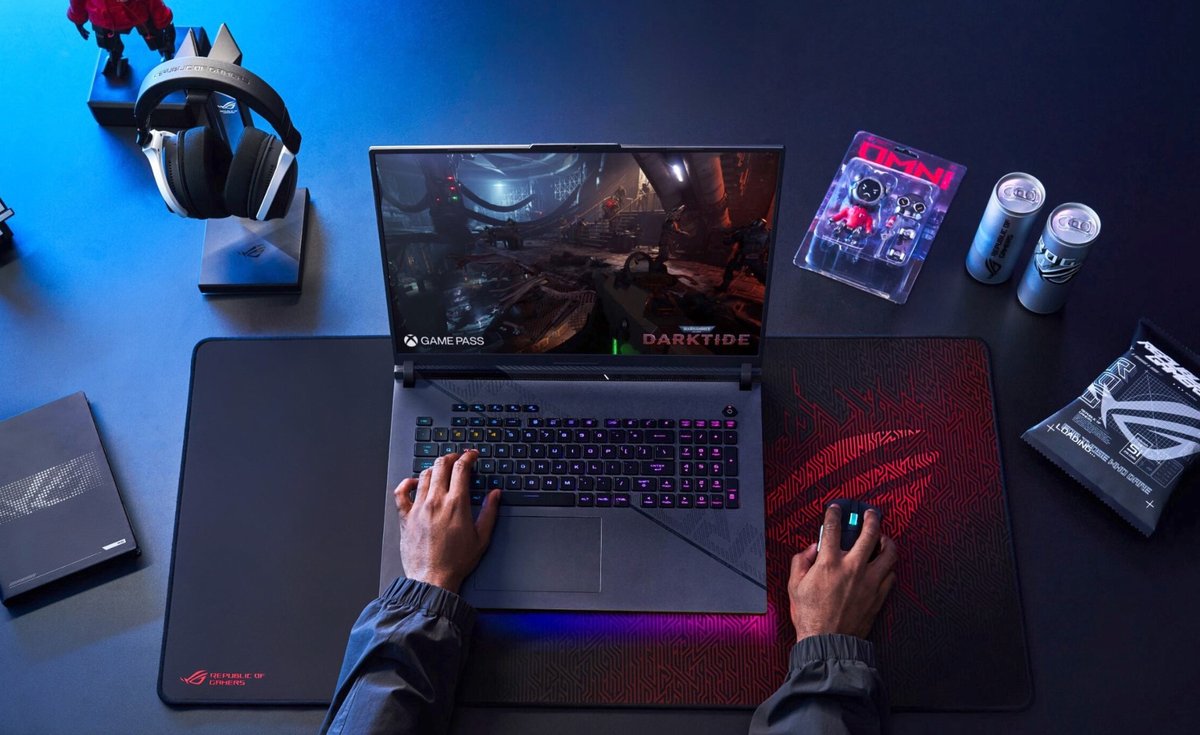

The new thing is that the Strix G16 and G18 will this time be able to count on a ROG Nebula 2.5K, 240 Hz and 100% DCI-P3 panel. The move upmarket therefore seems to be on the display side, with the added bonus of the arrival of the latest Intel processors on both models.
We can thus install up to a Core i9-14900HX coupled with a maximum of 32 GB of DDR5 at 5600 MHz and arm ourselves with an RTX 4080 in 175 W. Heavy in short, on products that are necessarily less compact and lighter than the Zephyrus G16: count up to 3 kg on the scale for the Strix G18 and around 3 cm thick for both versions.
The ROG Strix G16 and G18 will arrive on the market in the first quarter of 2024, starting at 2400 and 2500 euros respectively.
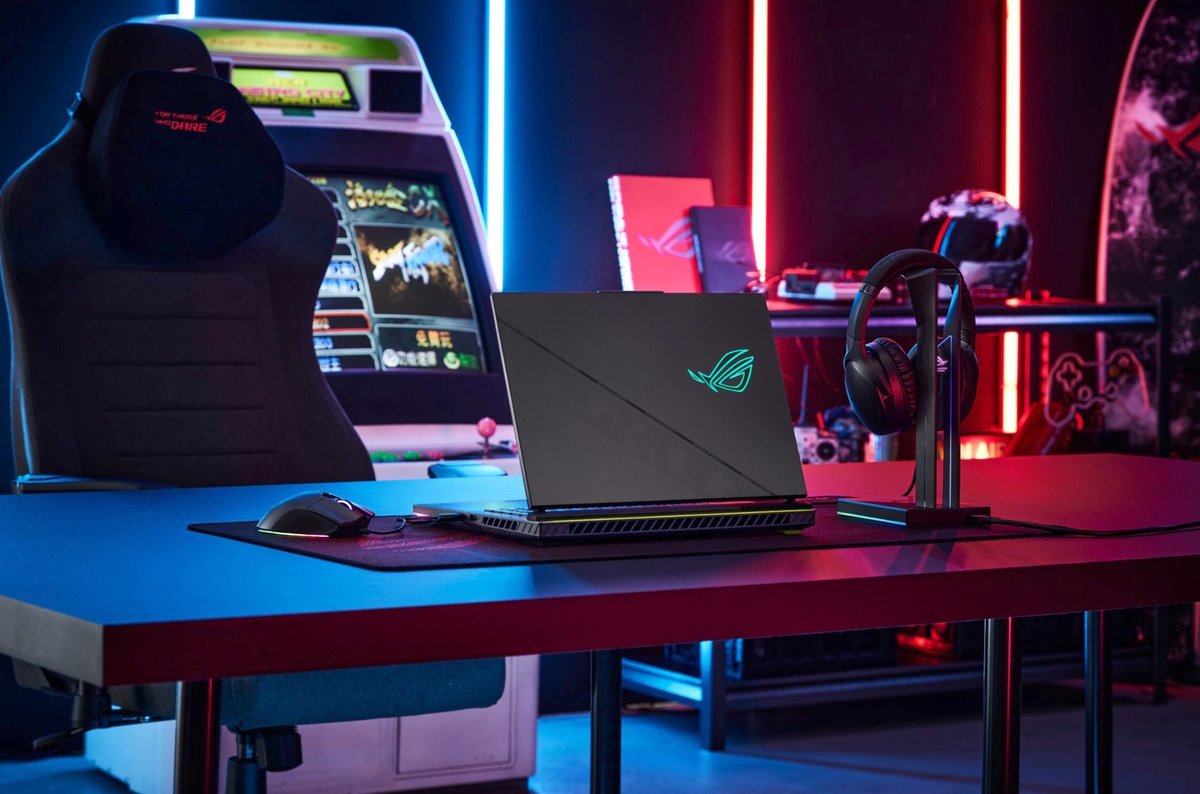

ROG Strix Scar 16 and 18: Mini-LED… for models that no one will be able to buy anymore
Planned for the same period, but this time starting at 4800 and 5000 euros respectively (note the “from”…), the ROG Strix Scar 16 and 18 are once again positioned at the very high end of ASUS with perfectly prohibitive prices and a technical sheet that appears flawless at first glance.
Compared to last year’s models, we retain the same chassis and the same overall design, but the 18-inch model this time also benefits from a Mini-LED panel. Last year, only the 16-inch version was eligible.
On both models, this QHD+ panel will be able to display up to 1100 cd/m2 of luminance, for 240 Hz and 3 ms response time. Full coverage of the DCI-P3 spectrum is also promised by ASUS. We should therefore benefit from very high image quality.
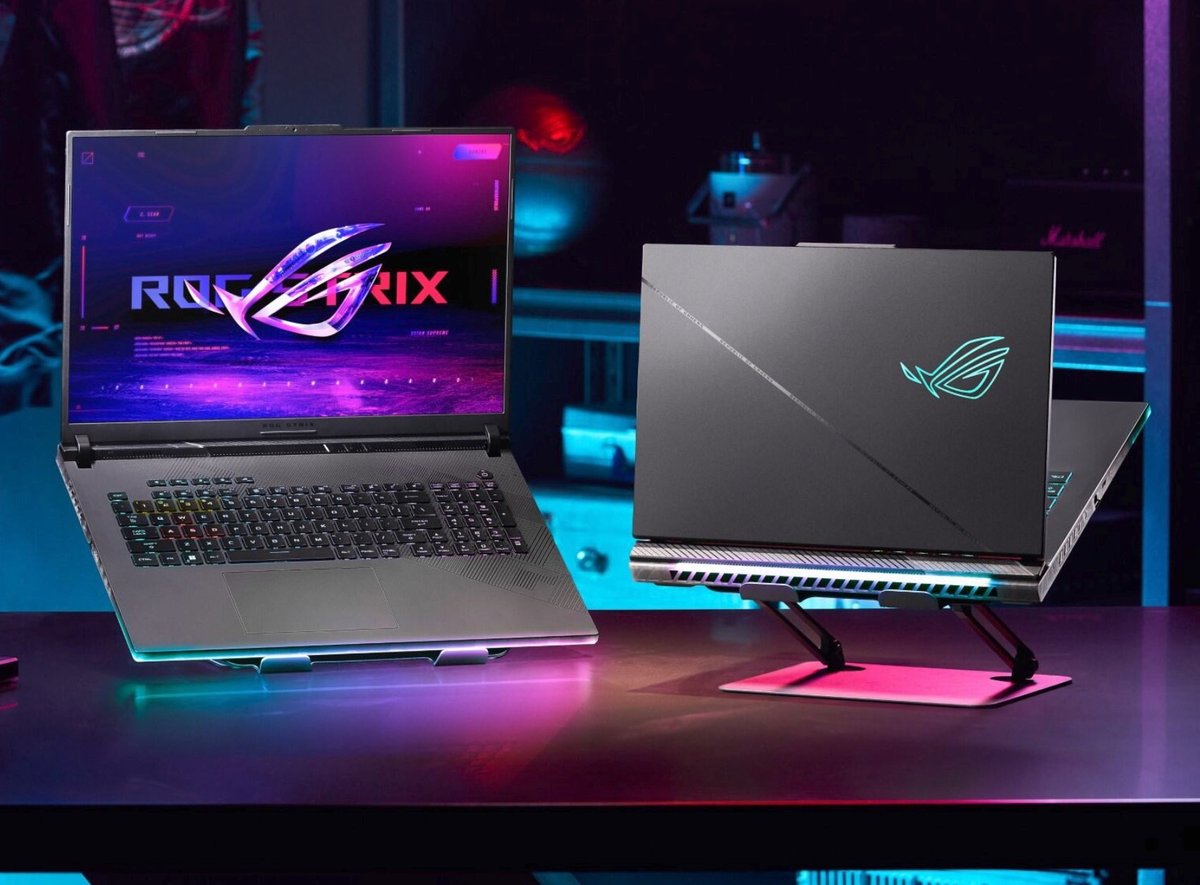

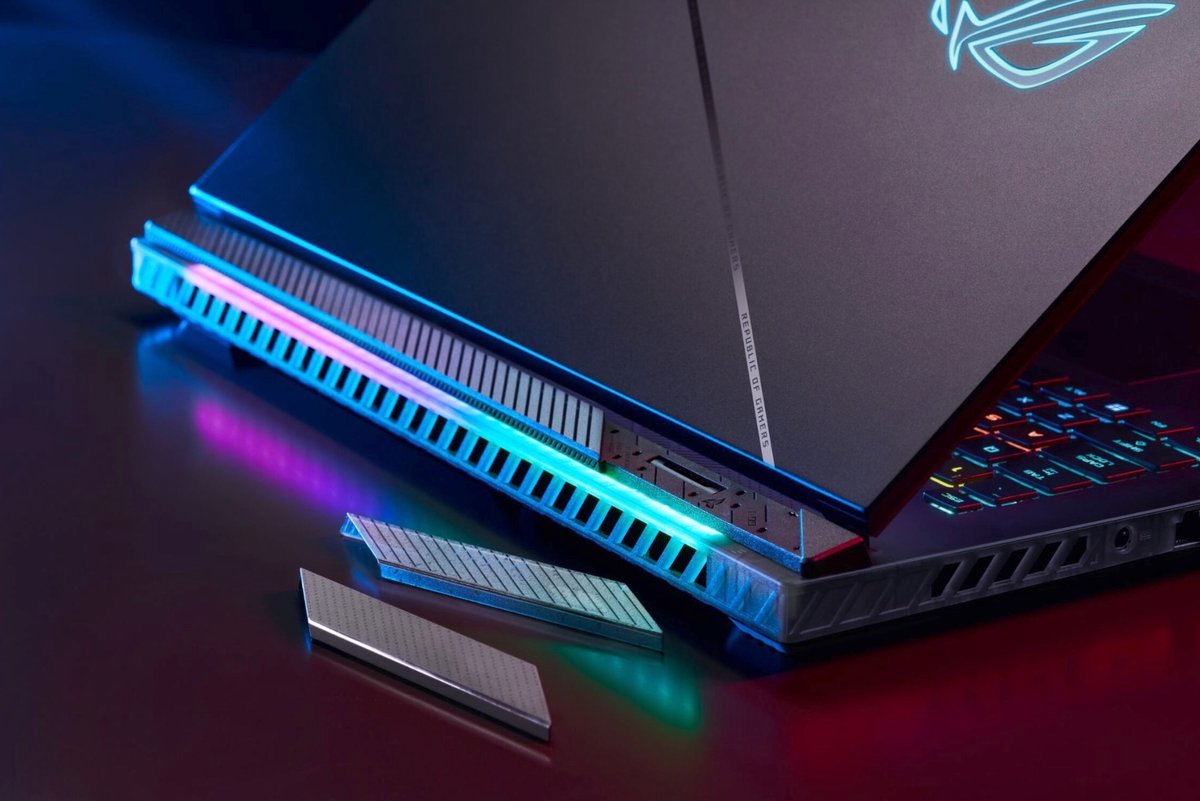



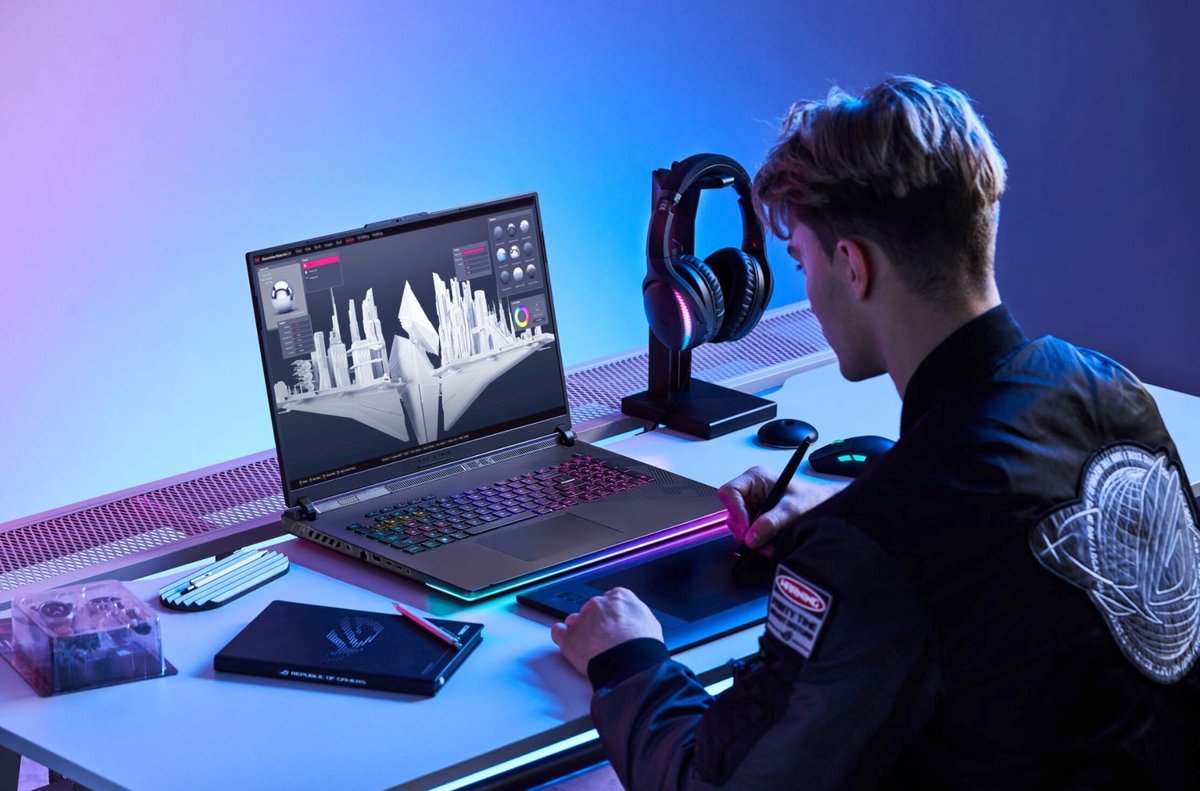

For the rest, we will find what is currently best at Intel and NVIDIA. The Strix Scar 16 and 18 can in fact be equipped with a maximum of an Intel Core i9-14900HX processor, coupled with 64 GB of RAM (DDR5 at 5600 MHz) and an RTX 4090 (175 W TGP).
In terms of size, the two devices are however equivalent to the ROG Strix G16 and G18, with 3 cm of thickness (approximately) in both cases, for 2.60 kg on the 16-inch model and 3.10 kg on the 18 inches.
Source: ASUS Briefing / ASUS press release and documents

2